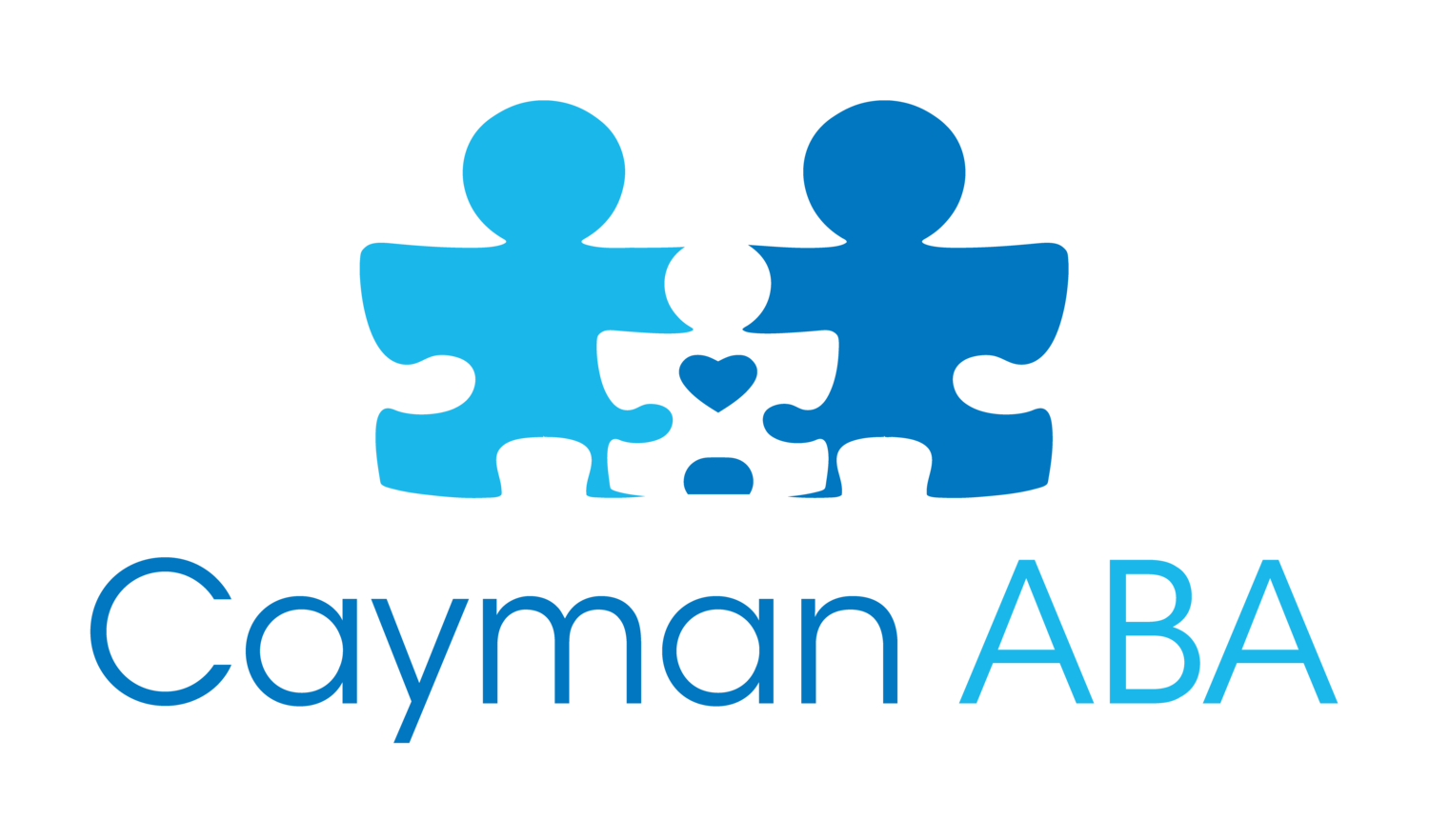How to Benefit From Intervention: Early and As a Team
Early research into interventions for those with autism supported the conclusion that earlier treatment yielded improved life outcomes for those with autism. Recent research has asked a different question, “What are the factors that influence how effective early intervention is for any given client?” This topic is partly addressed in another article about a client’s progress which you can find here, but for now, let’s continue.
Starting Early
The general findings of research are that starting interventions early leads to an increased likelihood of positive life outcomes (Majnemer, 1998), but starting early isn’t always easy. There are many factors that frustrate our progress when seeking treatment, some are listed below;
Time
Finances
Schedule conflicts
Waiting for Assessments
Getting Referrals
It is important to look for a flexible provider that adheres to the values and ethics of the field of ABA and the Behavior Analyst Certification Board and can work with you on scheduling, funding, and resources like referrals to other providers (Speech and Language Therapy, Occupational Therapy, etc.). Talking with your providers can be helpful in addressing and overcoming any concerns or obstacles you may encounter in seeking effective treatment for your child.
Early Intervention: What is the Right Amount of Time?
The amount of time your child needs for treatment will be unique, but there are some rough guides. Most clients spend between 10 and 30 hours of treatment per week, depending on the level of need. It is important to talk with your provider about the amount of time that is effective for everyone. If a parent is stressed about making therapy work with other family needs on certain days of the week, it may be better to shorten services, or not have services on that day of the week.
Another factor that can guide you when deciding how much time is the right time for you is by monitoring your child’s energy level for a few days. If your child is “bouncing off the wall” with energy, it is likely that 20 or more hours of therapy per week will be engaging and interesting for your child. On the other hand, if your child gets fatigued easily, it may be best to start with fewer hours and increase as your child adapts and learns new skills.
A Team Effort
The final factor in making early intervention effective is making intervention a true team effort. In today’s society, it is common for a client to have a few different providers. Make sure that your child’s team meets or communicates regularly with each other so that they can be consistent. It is also important for all members of the team to agree on how they will respond to the child’s important behaviours and agree on how to keep track of their progress.
A team that stays in contact is a team that can work on the same behaviour from many perspectives. Let’s look at a pretend situation as an example;
Example: “Andy”
Andy is a young boy that has difficulty speaking
He has a speech therapist (SLT)
He has an occupational therapist (OT)
He has an ear, nose, and throat specialist (ENT)
He has a BCBA and an RBT at home and school
Andy had a very minor cleft palate as a baby and has had several corrective surgeries. His ENT oversees the health of Andy’s tongue and throat; very important parts for speech. His speech therapist is told by the ENT that the shape of Andy’s mouth may make producing certain sounds especially difficult for Andy. Because they know this, the speech therapist begins focusing on helping Andy shape those sounds. The speech therapist tells the RBT and BCBA that Andy is working on specific sounds, so ABA focuses on rewarding Andy for using those sounds during the session to ask for items he wants (like giving Andy a ball for saying “baa”). It is likely that Andy, if he were real, would experience success and progress in his life due to the excellent communication of his team.
It can be difficult to make time for everything that needs to be done in life, so it is important to think realistically about the intensity of the treatment. It is better to do 15 hours of therapy per week that you are sure you can be consistent with than it is to try for 30 hours per week and not be able to make half of the appointments. As always, feel free to talk with your ABA service providers (BCBA’s) about your needs and concerns; it is likely that together you can come up with a plan to consistently provide important services to your child that will impact the quality of their day to day life.
References
Hackworth, N.J., Matthews, J., Westrupp, E.M. et al. What Influences Parental Engagement in Early Intervention? Parent, Program and Community Predictors of Enrolment, Retention and Involvement. Prev Sci 19, 880–893 (2018). https://doi.org/10.1007/s11121-018-0897-2
Majnemer A. Benefits of Early Intervention for Children with Developmental Disabilities. Semin Pediatr Neurol. 1998; 5: 62–69.CrossrefMedlineGoogle Scholar

